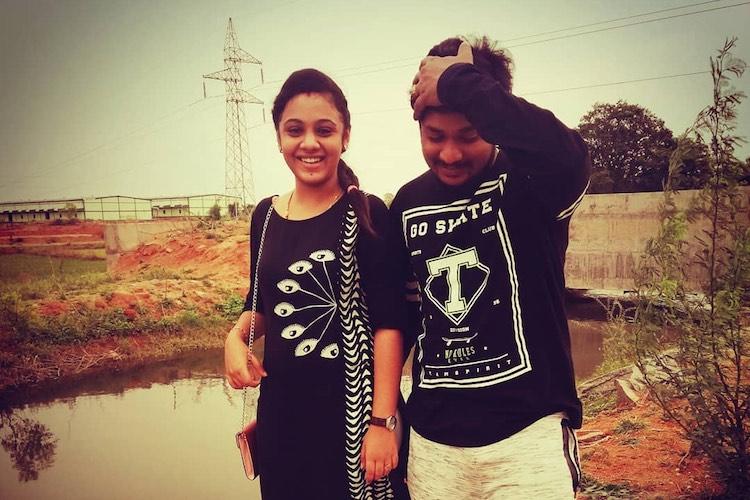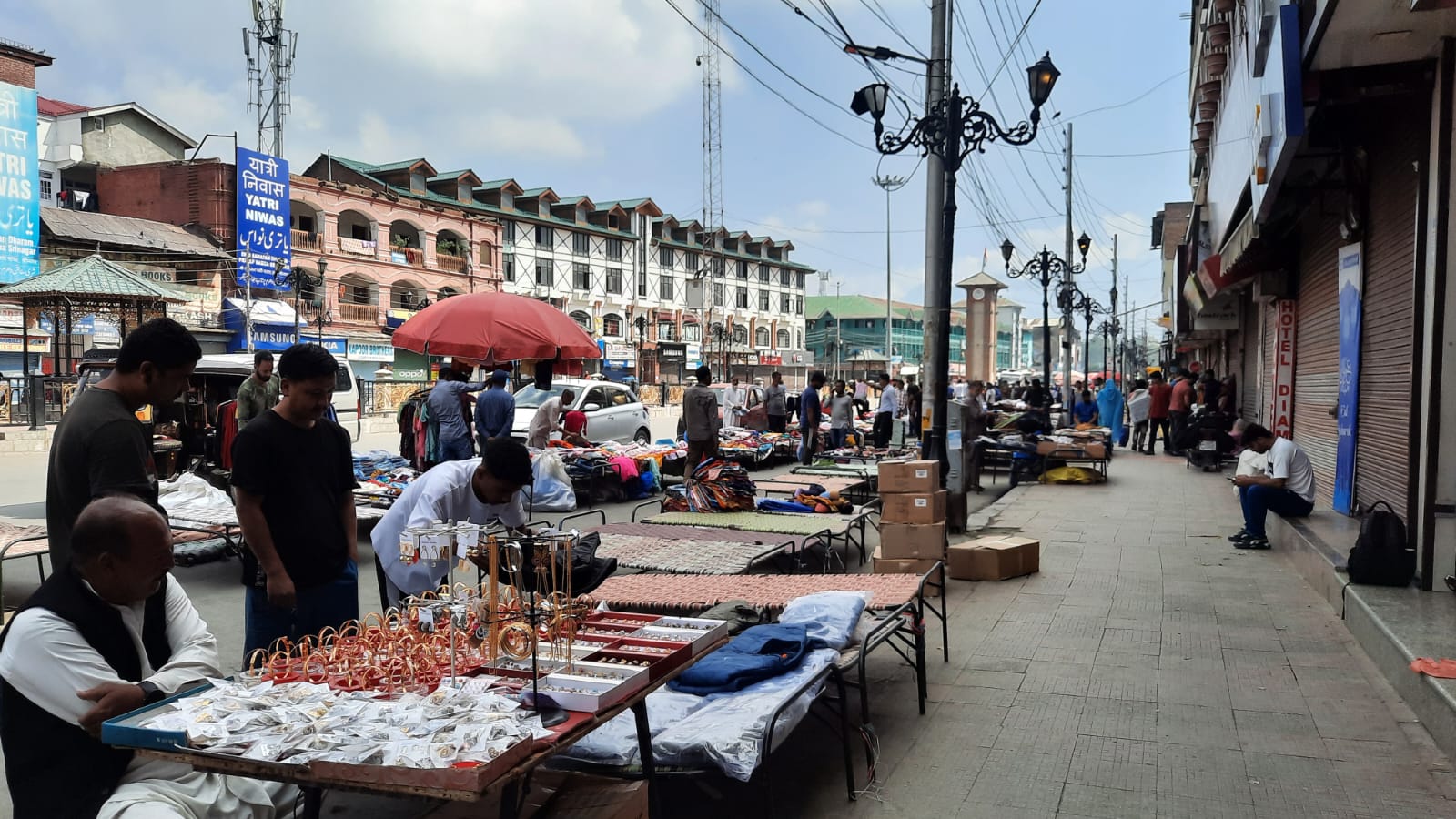Perumalla Pranay was hacked to death in broad daylight, when he and his pregnant wife Amrutha Varshini were visiting a hospital in Miryalguda, Telangana. Pranay belonged to the Mala (Dalit) caste, while his 21-year-old wife Amrutha Varshini is a Vaishya. The gory murder was captured on CCTV. It is suspected to be an honour killing. Yet another inter-caste couple was attacked in the state’s capital, Hyderabad, by a man with a sickle, again in broad daylight, this time on a busy road. The man behind the attack on these newlyweds is believed to be the woman’s father, who was reportedly opposed to their marriage.
Honour killings are a result of deep-seated casteism, which in turn is kept alive by the subjugation of woman. The perpetrators believe that the victims breached the “honour code” associated with their household and caste. These killings haven’t been confined to rural areas or the uneducated. Neither the hard-hitting judgments of the Supreme Court nor the deterrence of law have been able to stop such killings. Rather, the convicted killers have been defiant and remorseless.
Number of cases in the last few years
As many as 356 cases of honour killings were reported in the country in the period 2014-16, the Lok Sabha was informed. Union Minister of State for Home Hansraj Gangaram Ahir, in a written reply, said the ministry has advised all states about the preventive, remedial and punitive measures to be implemented to address the issues related to honour crime. According to the latest published information available with the National Crime Records Bureau (NCRB), a total of 28 cases with honour killing as the motive were reported in the country in 2014, 251 cases in 2015 and 77 cases in 2016, he said. However, these are incidents that have been reported. Due to the approval of the local community, especially in some of the rural areas where extra-constitutional khap panchayats prevail, the killings of women and men, public lynchings (made to appear as suicides) go unreported.

Court’s view on honour killings
In May 2011, while passing a judgment on honour killings, the Supreme Court’s two-member bench of Justices Markandey Katju and Gyan Sudha Misra, said: “There is nothing honourable in honour killings, and they are nothing but barbaric and brutal murders by bigoted persons with feudal minds. It is time to stamp out these barbaric, feudal practices, which are a slur on our nation.” The apex court further directed trial courts and high courts to treat such killings as the “rarest of rare” cases and award the death sentence to its perpetrators. It was believed then that this direction of the court would act as a “deterrent for such outrageous, uncivilized behaviour”. After all, the justices said that those who are “planning to perpetuate honour killings should know that the gallows await them”.
However, such unsparing judgment does not seem to have had any effect on those inflicting caste crimes.
Society and honour killings
Dr Ambedkar once said, “I measure the progress of a community by the degree of progress which women have achieved.” Hence, the health of a society can be assessed by the status of the women in it. Honour killings are indicative of the low position of women in the society. The root of honour killings lies primarily in casteism and patriarchy, both of which originated in Hinduism and has now crept into other religions in India and the subcontinent.
Dr Ambedkar in his text, “Rise and Fall of Hindu Women”, has presented an extensive account of how Manu, through the Manusmriti, was responsible for the subjugation of women in Hindu society. Ambedkar wrote, “Buddhism endeavoured to ennoble the women by raising her to the level of man … Manu was greatest opponent of Buddhist religion. This is the secret of many inequities which he heaped upon women.” He reiterated, “Who was responsible for their [women’s] fall? It was Manu, the law-giver of Hindus.”

Dr Ambedkar explained the meaning “verses” in the Manusmriti indicative of women’s subjugation:
अस्वतंत्रा: स्त्रियःकार्योःपुरुषैःस्वैर्द्दिवानिशम्।
विषयेषुचसञ्ज्ञन्त्यःसंस्थाप्याञात्मनोवशे॥
(Day and night women must be kept in dependence by the males (of) their (families)
and if they attach them to enjoyments they must be kept under control.)
बाल्ये पितुर्वशे तिष्ठेत्पाणिग्राहस्य यौवने।
पुत्राणां भर्तरि प्रेते न भजेत्स्त्री स्वतन्त्रताम्॥
(In childhood a female must be subject to her father, in youth in her husband,
when lord is dead to her sons: a woman must never be independent)
बालया वा युवत्या वा वृद्धया वाऽपि योषिता।
न स्वातन्त्र्येण कर्तव्यं किं चिद् कार्यं गृहेष्वपि॥
(By a girl, by a young woman or even by an aged one,
nothing must be done independently, even in her own house)
नास्ति स्त्रीणां क्रिया मन्त्रैरिति धर्मे व्यवस्थितिः।
निरिन्द्रिया ह्यमन्त्राश्च स्त्रीभ्योऽनृतं इति स्थितिः॥
(Women have no right to study Vedas. That is why their rituals are performed without Veda mantras. Women have no knowledge of religion because they have no right to know the Vedas. The uttering of Veda mantra is useful for removing sin. As women cannot utter the Veda mantra they are as unclean as untruth is.)
From the above quotes, it is evident that the subjugation of women has religious sanction. Dr Ambedkar thus exposed the brahmanical conspiracy behind subjugation of women. Brahmanical patriarchy is about controlling women’s behaviour. There is a sense of shame in losing this control. The community participates in regulating and magnifying this sense of shame. It does not allow any space to socio-cultural autonomy for women. In the recent decades, this has begun to change because of education and economic independence of women. Their role in decision-making has increased. However, adherents of the caste system are not willing to accept these changes. This tussle has often turned ugly and resulted in honour killings.
Anuloma and pratiloma
Sanskrit texts mention two kinds of inter-caste marriages – anuloma and pratiloma. If the bride is from a lower caste, the marriage is anuloma, and if the bridegroom is from the lower caste, the marriage is pratiloma. These Sanskritic texts appear to approve of anuloma and strongly disapprove of Pratiloma. Even here, the marriage of a Brahmin, Kshatriya or Vaishya girl with a Shudra boy is despised, much more so than the marriage of a Brahmin girl with a Kshatriya or a Vaishya boy.

Most cases of honour killings take place in Pratiloma marriages. These are most resisted because in an inter-caste marriage, the caste of the woman becomes that of the man. When an upper-caste woman marries a lower-caste man, it thus reduces the status of the girl, and is perceived as bringing shame on the girl’s family. Driven by a false sense of honour, the community and family remove the source of that “shame”, that is, the girl. A relationship of an upper-caste woman with a Dalit man invites the severest punishment for both the man and woman. Furthermore, brahmanical patriarchy and casteism have reduced a woman to a property belonging to the male members of her family and the caste community. Whenever this property changes hands, especially from an upper-caste (savarna) community to the Shudras and Ati-Shudras (backward castes and Scheduled Castes), there is tension. These killings also serve as warning from the upper-caste men to the lower castes to stay away from their women.
Casteism and honour killings among non-Hindus
The evil of caste and honour crime has crept into other religions of the subcontinent, too. Among Muslims, as Ghaus Ansari pointed in his pioneering study on caste and social stratification among the north Indian Muslims, there are the Ashraf who include the Muslim nobility claiming descent from Muslim immigrants – Saiyyad, Shaikh, Mughal or Pathan – and also from descendants of upper Hindu castes. Then there are the Ajlaf, who belong to the “clean” occupational castes like julha and darzi. The bottommost in the hierarchy are the Arzal, the “unclean” occupational castes such as bhangi and mehtar. Among Sikhs, there are four endogamous groups: Jats (predominantly agriculturists and holding the highest status), the trading castes, Ramgarhias (artisans and those from other clean occupations) and Mazhabis (converts from Hindu untouchable castes). Among Christians, studies from Kerala and Tamil Nadu show social distinctions between palayas, converts from untouchable groups and Syrian Christians have been maintained. Even Bengali Christians have been observed to use surnames showing their pre-conversion castes.

Recently, in Kottayam, Kerala, Kevin Joseph, a 23-three-year-old Dalit Christian, married a 21-year-old Neenu Chacko, who belongs to an affluent Christian family, against her family’s wishes. In the early hours of Sunday, 27 May, Joseph was reportedly dragged out of his house and taken in a car along with a relative. The relative, who was later let go, alerted his parents and wife about the incident. Next day, Joseph’s body was found in a stream near Thenmala in Kerala’s Kollam district. The police said they have identified ten of the accused, including Shanu Chacko, the brother of Neenu.
Thus even religions based on egalitarian principles aren’t free from the scourge of casteism and honour killings.
As women and members of the lower castes become more educated and independent, the caste system is coming under more strain. Caste honour is going to be challenged more often. There is a need for the police to be alert to this trend in society. In many cases, the police had been alerted to the threat faced by inter-caste couples and yet failed to take appropriate measures to protect them. There is also the need for a strong law along the lines of the Scheduled Castes and Scheduled Tribes (Prevention of Atrocities) Act to prevent honour killings so that inter-caste couples can fearlessly enter into marriages and set a trend for the rest of society – for the Constitution guarantees right to life and right to equality to all Indians irrespective of caste, religion or gender.
(Copy-editing: Anil)
Forward Press also publishes books on Bahujan issues. Forward Press Books sheds light on the widespread problems as well as the finer aspects of Bahujan (Dalit, OBC, Adivasi, Nomadic, Pasmanda) society, culture, literature and politics. Contact us for a list of FP Books’ titles and to order. Mobile: +917827427311, Email: info@forwardmagazine.in)
The titles from Forward Press Books are also available on Kindle and these e-books cost less than their print versions. Browse and buy:
The Case for Bahujan Literature
Dalit Panthers: An Authoritative History







